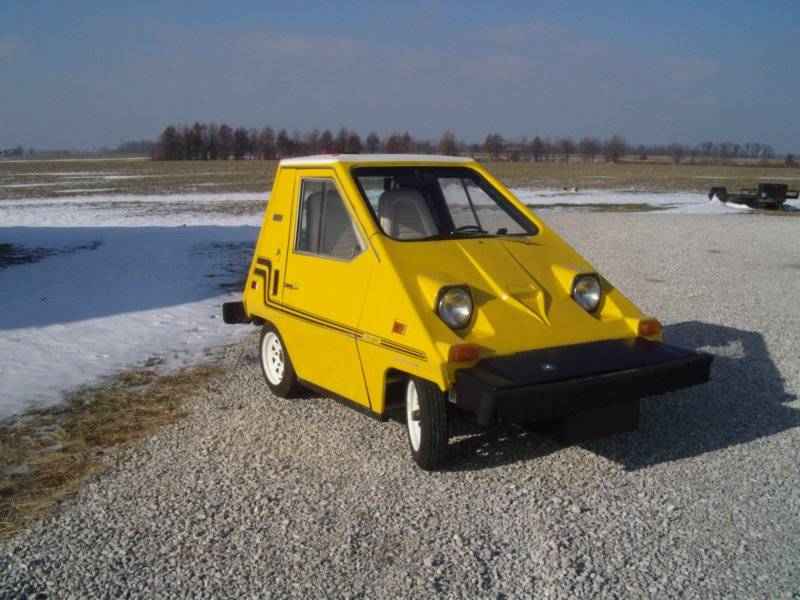When I was in the 5th grade at Kenwood Elementary School in 1980, I had this teacher named Mr. Weaver. He ended up in my top three, in terms of favorite teachers for sure. Right up there with Selby Klein and Ted Mahr. I loved how he taught us math, history, geography and well … everything.
He had a certain vibe about him that made the future sound like it was going to be pretty great. Mr. Weaver use to talk to us about how our generation was going to be using less fossil fuels and how we would be able to keep the air clean, and how we would be able to drive electric cars, and have solar panels and wind turbines. He even had an electric car brought to Kenwood for us to look at. It was a triangle of a car, and nothing like the Monte Carlo with grit Mag Wheels that I wanted as a 5th grader; I just figured they would look cooler in the future.
That said, I for sure was excited about that funky electric car. I mean … I was going to be driving one someday. I imagined I was going to have solar panels on my home that would charge that car up.
This was 1980 folks, and even though I was only ten years old, I was very aware of this thing called smog in L.A., and how it was caused by dirty fuels, as well as the long lines at the gas stations because of the gasoline shortages of the ’70s.
I thought Jimmy Carter was the coolest; he would talk about a change in energy supply policies. I liked that about him, and I liked how he talked … Jimmy Carter is still doing big things for peace and humanity.
I digress…
This green idea was planted in my head, and I’m pretty sure that some decisions that I have made in life are for sure grown from the ideas of Mr. Weaver. I went to Parkland right out of Central High, I took all the sociology and psychology classes because I thought if we can figure out what’s wrong with people, we might be able to make them happy. If we are happy, we might be able to have more brain space and energy to care about the planet. The environmental science class I took at Parkland was another step towards my personal approach to greening up my mind. I learned a lot, like how at the water treatment plant, condoms are the most seen floating items in the tertiary water treatment tank.
I decided to transfer to the Evergreen State College in Olympia WA, because I wanted to be an environmental science teacher or something. I was young and idealistic.
But a funny thing happened in college. While being a full-time student, working in a hipster cafe, eating mushrooms, drinking gizzo tizzos (gin and tonics), spinning records, and bartending, I basically grew into a lame person that wasn’t doing my part to make things better. A good person I think, but one that lost steam on the green tip. I’m okay with that now. I’ve woken up from that long lazy nap.
So, let’s get German…
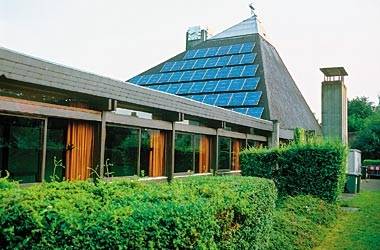
Freiburg Germany is currently influencing my thoughts. It’s the greenest city in Germany, arguably the world leader in green technology.
I’m basically proposing that Champaign-Urbana become the greenest city in America. Why not?
I always loved seeing those Tree City USA signs in C-U while growing up, but this is not about a noble title for our fair city; it’s about green energy, and green jobs.
Solar panels and wind turbines have a pretty big up-front cost, sometimes large enough to sound downright crazy. But how does free energy sound? How does getting a check from the local energy provider, instead? This isn’t a shot at our local governments and city officials; it’s a prodding towards everyone.
In Freiburg, there are churches that have solar panelled roofs. Many residential homes, city buildings, and private businesses do as well. It just makes a lot of sense to them. It should make sense to us as well.
After Fukushima (which is still hot, and nowhere near safe and contained), the resolve of the German people has grown even stronger. Locally, the Clinton Nuclear Power Plant is about 45 miles away. Clinton was built in 1987, and it cost 2.6 billion dollars.
The last major earthquake from the New Madrid Fault was in 1811. I’m sure 2.6 billion sounded like a lot of money in 1987; it’s a lot of money now. But can you imagine if we could put that kind of loot toward green energy, here and now?
These ideas are already stirring about inside the heads of our city’s leaders. The City of Champaign has a great Sustainability and Green Initiatives page on their website. The spark is there. The Strategic Initiatives bullet points below are literally pulled from that page.
Strategic Initiatives: (FROM THE CITY OF CHAMPAIGN)
- Promote Champaign as a green community.
- Encourage the use of alternative modes of transportation.
- Recruit and retain innovative green business and industry.
- Adopt incentives and regulations to encourage environmental responsibility.
- Reduce energy consumed by our City government.
- Preserve the Mahomet aquifer as a long-term healthy water supply.
I’m sure taxation is the jump that people will make, in terms of paying for these initiatives. But there can be great benefits to reap from the state and federal tax credits for wind and solar installation. Building a Leed Certified building is another way to get some payola.
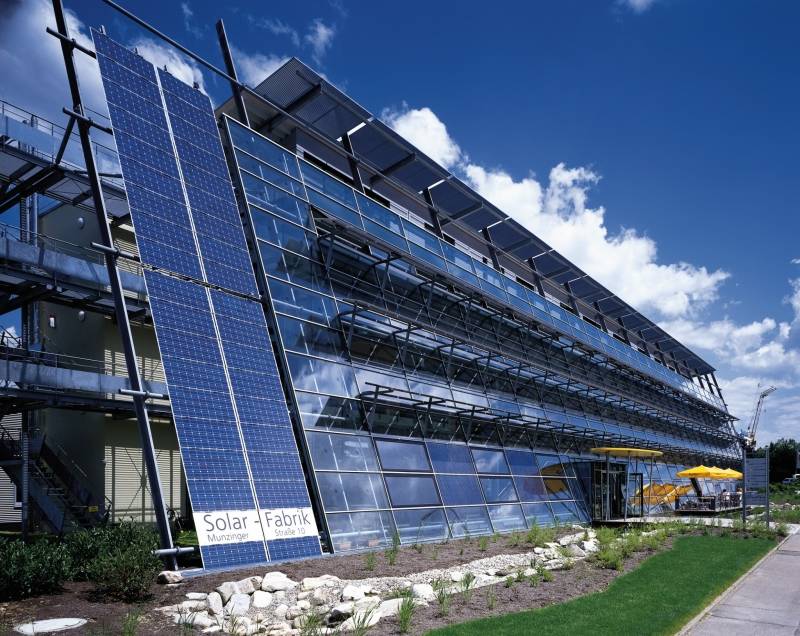
Freiburg is a city of about 220,000 people — pretty close to what Champaign-Urbana has in population. But Freiburg has a lot of something that C-U, at the moment, does not have. Green Jobs. There are 80 companies that employ just over 1,000 people in the solar industry alone. There are the companies that make panels, but there are also many jobs that have spun off of the solar panel industry. Europe’s largest solar research institute, The Fraunhofer Institute for Solar Energy Systems, is located in Freiburg. That building is full of jobs … from researchers to janitors.
Imagine something independent from the U of I that provides proper high-end research jobs in Champaign County. What a great benefit it would be to work with the University, with their amazing research capacity, to help build more green jobs locally!
Bringing energy cost down, while providing students a place to get ahead of the green energy development field? Perfect.
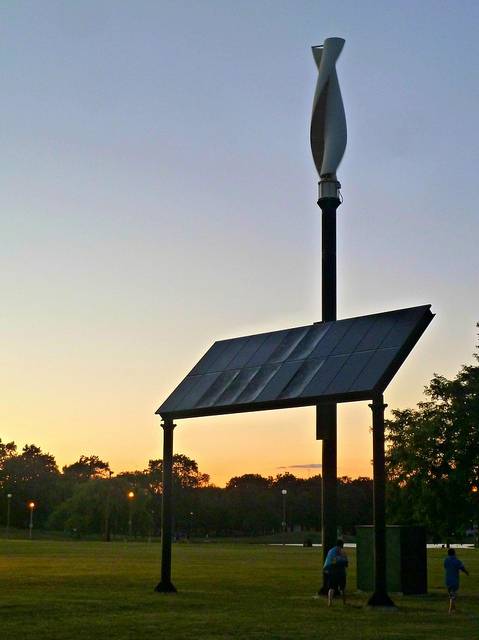
Humboldt Park in Chicago. These help power park lights. We got parks here…
I did not approach the city officials of Champaign or Urbana about their energy policies; I didn’t reach out to the U of I to see what kind of community outreach green initiatives they may have in place. I just didn’t. Lazy? Not journalism? Perhaps.
But the vibe of this piece is basically a funny little vision I was having about Champaign-Urbana getting all kinds of German, in a certain sense. I’m just talking about a good idea that should be taken seriously so we can have a future with less toxins and more clean, breathable air. More jobs, and less reliance on one, singular industry, in this case, an educational institution.
Looking back, while that triangle-looking electric car didn’t aesthetically work for the ten-year-old Jimmy Matthis Helmick, the 2013 Cadillac ELR electric sure looks good to me now:
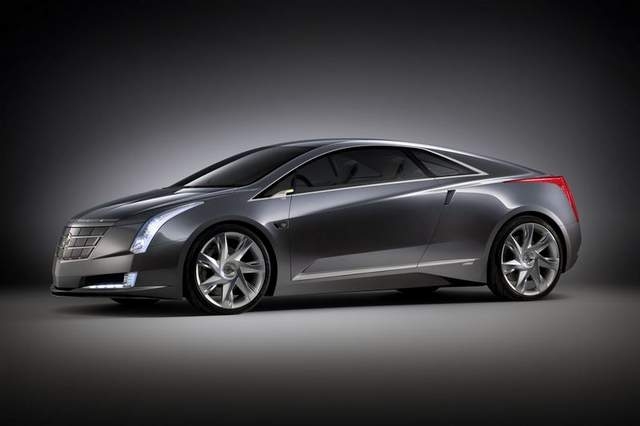
We simply need to promote a healthy Champaign-Urbana. Let’s work it out. Let’s Get German.
Start here:








